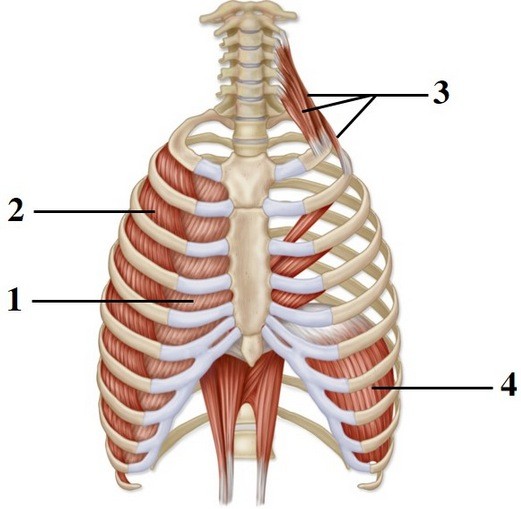Drug Y is a drug that is used to increase the force of contraction achieved by heart muscle tissue. In the absence of the drug, epinephrine increases heart contractility through a signaling pathway that involves a receptor and cAMP. Which of the following are plausible mechanisms of action for Y?A) Acting as an agonist on the receptor for epinephrine, a hormone that increases heart contractilityB) Increasing the expression of cAMPC) Inhibiting phosphodiesterase activityD) Increasing the availability of phosphodiesterase moleculesE) Decreasing the activity of cAMP-dependent protein kinase
What will be an ideal response?
A, B, C
You might also like to view...
A 45-year-old woman is admitted to the hospital for surgical removal of a tumor on her thyroid gland. The surgeon informs her that she will have only a very small scar. How could this be possible?
What will be an ideal response?
Answer the following statement(s) true (T) or false (F)
1. The anterior interventricular sulcus marks the division between the atria and ventricles. 2. In an aging heart, the ventricles tend to enlarge due to increased resistance in the blood vessels. 3. The pulmonary circuit is supplied by both the right and the left sides of the heart. 4. The systemic circuit contains oxygen-rich blood only. 5. Blood in the heart chambers provides most of the myocardium's oxygen and nutrient needs. 6. Papillary muscles prevent the AV valves from prolapsing (bulging) excessively into the atria when the ventricles contract.
 This figure shows the muscles of respiration. What muscles are indicated by number 3?
This figure shows the muscles of respiration. What muscles are indicated by number 3?
A. Transversus thoracis B. Diaphragm C. Internal intercostals D. External intercostals E. Scalenes
The immunity that one receives from their mother both prenatal and postnatal is referred to as ________.
A. passive artificial immunity B. active natural immunity C. passive natural immunity D. active artificial immunity